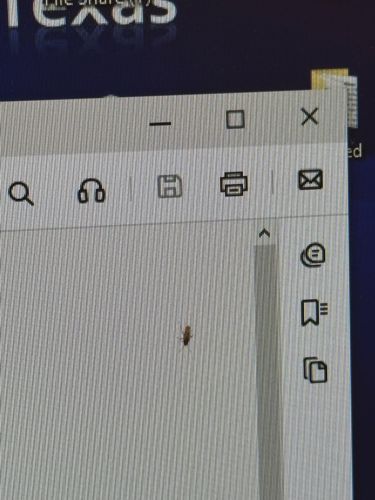Booklouse (or Psocid)
Scientific Name: Psocoptera (Order with several families)
Order & Family: Order: Psocoptera
Size: 1-2 mm (typically very small and delicate)

Natural Habitat
Damp, warm, and dark places with food sources like mold, fungi, starch. Often found in homes, libraries, old books, stored foods, and sometimes on plants.
Diet & Feeding
Feeds on microscopic molds, fungi, starch, glue (e.g., in book bindings), dead insects, and other organic matter.
Behavior Patterns
Generally nocturnal or active in low light. They are not known to bite humans. They prefer undisturbed, humid environments. They are often indicators of high humidity and potential mold growth.
Risks & Benefits
Potential Risks: Can cause minor damage to books, papers, and stored food products by feeding on mold or starch. In rare cases, large infestations might be an irritant for sensitive individuals due to airborne particles. They do not transmit diseases. \nPotential Benefits: Act as decomposers, helping to break down organic matter in their natural habitats.
Identified on: 10/21/2025